How To Get Rid Of Nutgrass In Days Or Less
Nutgrass, also known as nutsedge, is a common weed that can be difficult to control. It has triangular leaves that grow in a fan-like pattern, and it can spread quickly by its underground rhizomes. Nutgrass can damage your lawn and make it look unsightly.
If you're looking for a way to get rid of nutgrass quickly, there are a few methods you can try. Here are three methods that can kill nutgrass in 72 hours or less:
1. Using a selective herbicide
There are a number of selective herbicides that can be used to kill nutgrass. These herbicides are designed to kill nutgrass without harming your lawn grass. Be sure to read the label carefully before using any herbicide, and follow the instructions exactly.
2. Solarization
Solarization is a method of killing weeds by using the sun's heat. To solarize your lawn, you will need to cover the area with a clear plastic tarp. The tarp will trap the heat from the sun, and this will kill the nutgrass. You will need to leave the tarp in place for about 4 weeks to get the best results.
3. Manual removal
If you have a small area of nutgrass, you can remove it manually. This is a time-consuming process, but it is effective. To remove nutgrass manually, you will need to dig up the plant and its rhizomes. Be sure to get all of the rhizomes, or the plant will come back.
Which method is right for you?
The best method for getting rid of nutgrass will depend on the size of the area you need to treat and your budget. If you have a small area, manual removal may be the best option. If you have a larger area, you may want to use a selective herbicide or solarization.
No matter which method you choose, be sure to follow the instructions carefully.
Nutgrass is a common weed that can be difficult to control. If you are struggling with nutgrass in your garden, I recommend visiting Garden Wiki for more information. This website provides a wealth of information about nutgrass, including its identification, biology, control methods, and more.
FAQ of nut grass
- What is nut grass?
Nut grass, also known as nutsedge, is a type of grass that is native to tropical and subtropical regions. It is an invasive species that can quickly spread and take over lawns, gardens, and other areas. Nut grass is characterized by its triangular leaves, which are arranged in a whorl. It also has a distinctive nut-like seed head.
- How do I get rid of nut grass?
There are a few different ways to get rid of nut grass. One way is to manually remove it by digging it out with a spade. However, this can be difficult and time-consuming, as nut grass has a long, spreading root system. Another way to get rid of nut grass is to use a selective herbicide. Selective herbicides are designed to kill nut grass without harming your lawn. However, it is important to follow the directions on the herbicide label carefully, as some herbicides can also damage other plants.
- What are the best ways to prevent nut grass?
There are a few things you can do to prevent nut grass from taking over your lawn. One way is to mow your lawn regularly at the recommended height. Mowing your lawn too short can encourage nut grass growth. You should also avoid overwatering your lawn, as this can create the moist conditions that nut grass prefers. Finally, you can try to remove any nut grass that you see as soon as possible. This will help to prevent it from spreading.
- What are some of the signs that I have nut grass?
There are a few signs that you may have nut grass in your lawn. One sign is the presence of triangular leaves arranged in a whorl. Another sign is the presence of nut-like seed heads. If you see any of these signs, it is a good idea to check your lawn for nut grass.
- Is nut grass dangerous?
Nut grass is not considered to be dangerous to humans or animals. However, it can be unsightly and can make it difficult to maintain a healthy lawn.
Image of nut grass
- Nut grass plant. This image shows a mature nut grass plant, with its characteristic triangular stems and spiky leaves.

- Nut grass flowers. This image shows the small, yellow flowers of nut grass.
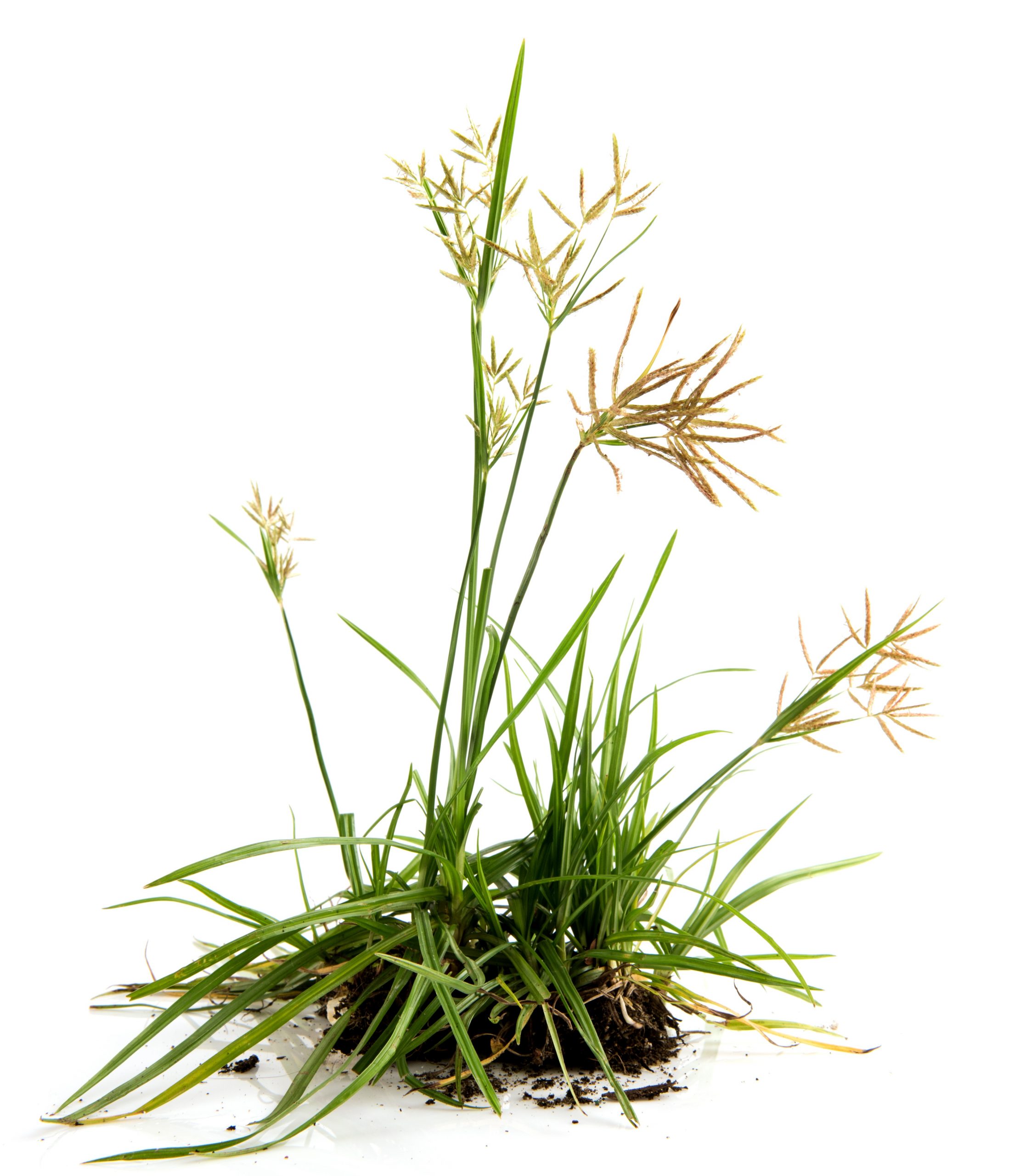
- Nut grass rhizomes. This image shows the underground rhizomes of nut grass, which are responsible for its rapid spread.
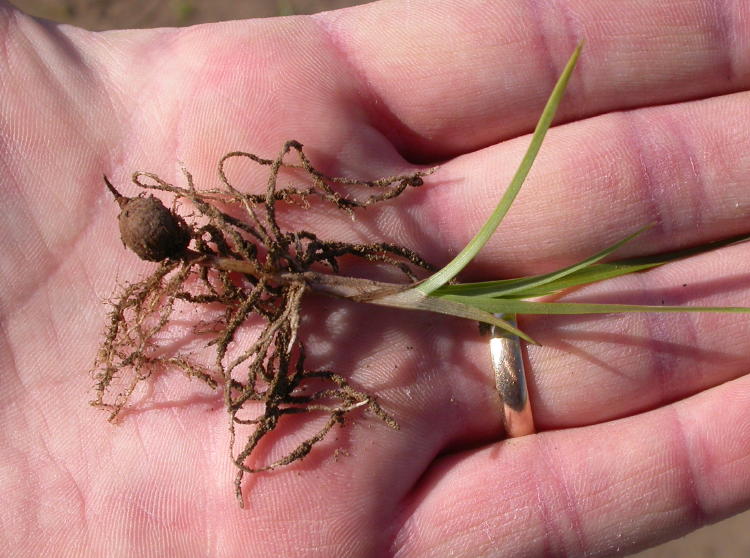
- Nut grass seeds. This image shows the small, black seeds of nut grass, which can remain viable in the soil for many years.

- Nut grass in a lawn. This image shows nut grass growing in a lawn. Nut grass is a difficult weed to control, and can quickly take over a lawn.
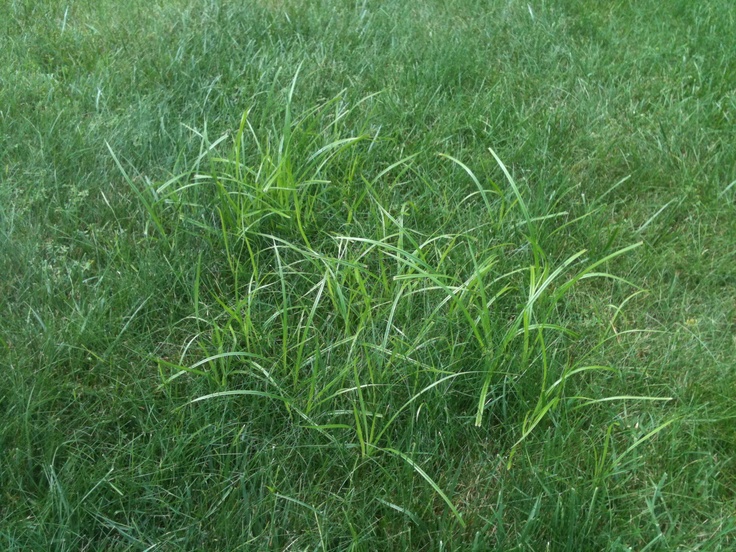
- Nut grass in a garden. This image shows nut grass growing in a garden. Nut grass can also be a problem in gardens, where it can choke out other plants.

- Nut grass close-up. This image shows a close-up of nut grass, showing its triangular stems, spiky leaves, and yellow flowers.

- Nut grass in a pot. This image shows nut grass growing in a pot. Nut grass can be grown as a houseplant, but it is important to keep it in check, as it can quickly become invasive.
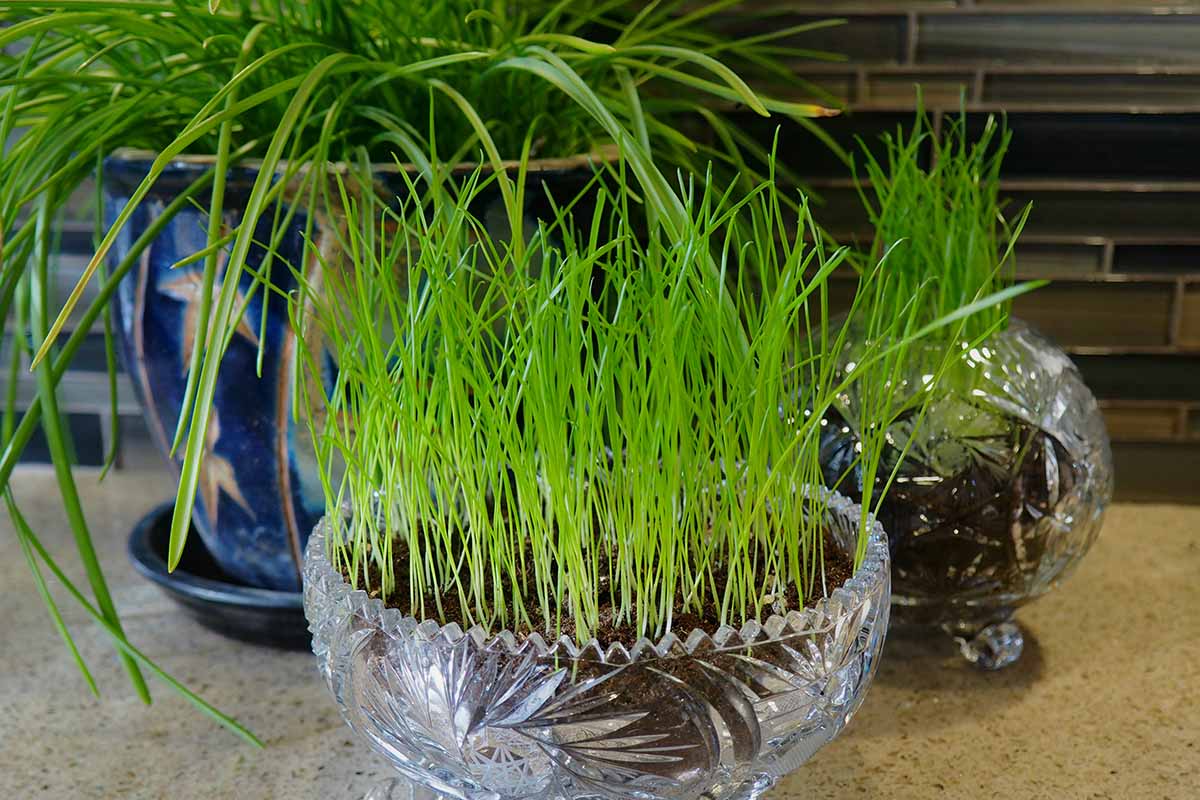
- Nut grass in a flower bed. This image shows nut grass growing in a flower bed. Nut grass can be used as an ornamental plant, but it is important to plant it in an area where it will not spread to other plants.
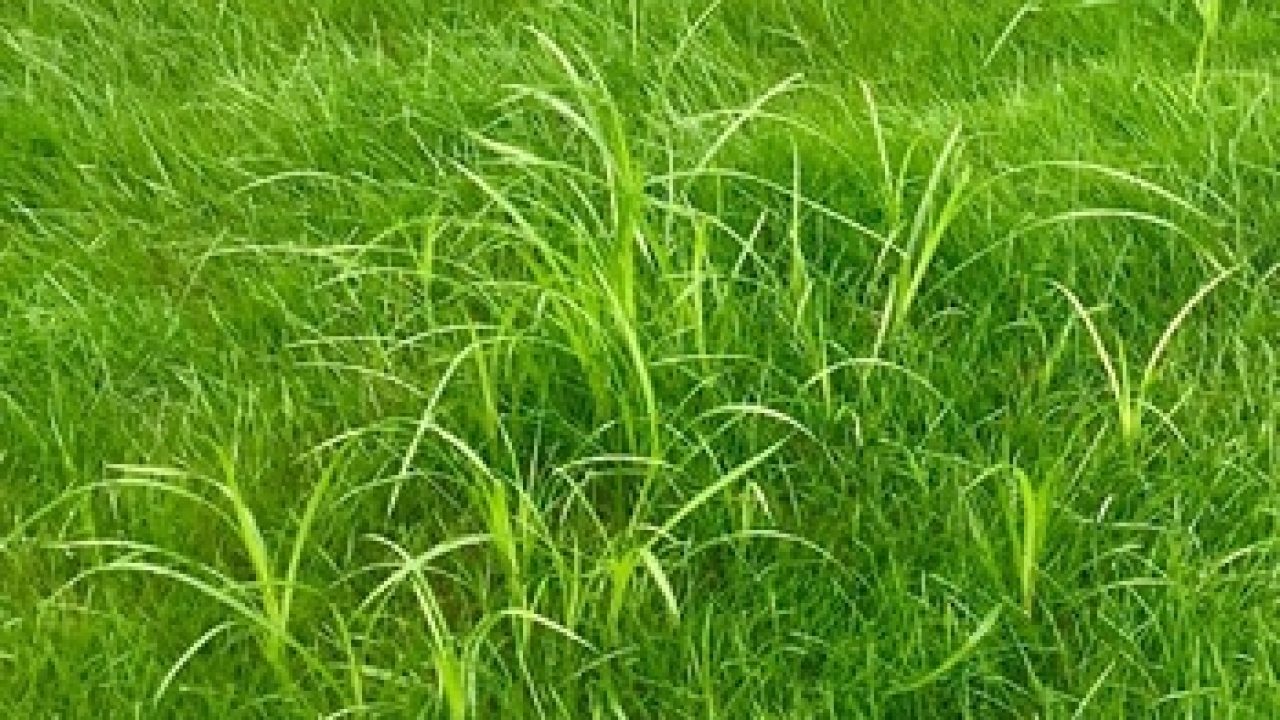
- Nut grass in a field. This image shows nut grass growing in a field. Nut grass is a common weed in many parts of the world, and can be difficult to control.

Post a Comment for "How To Get Rid Of Nutgrass In Days Or Less"